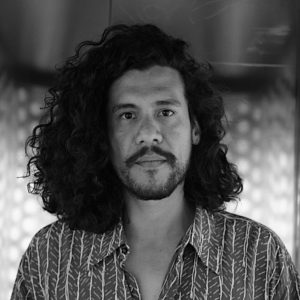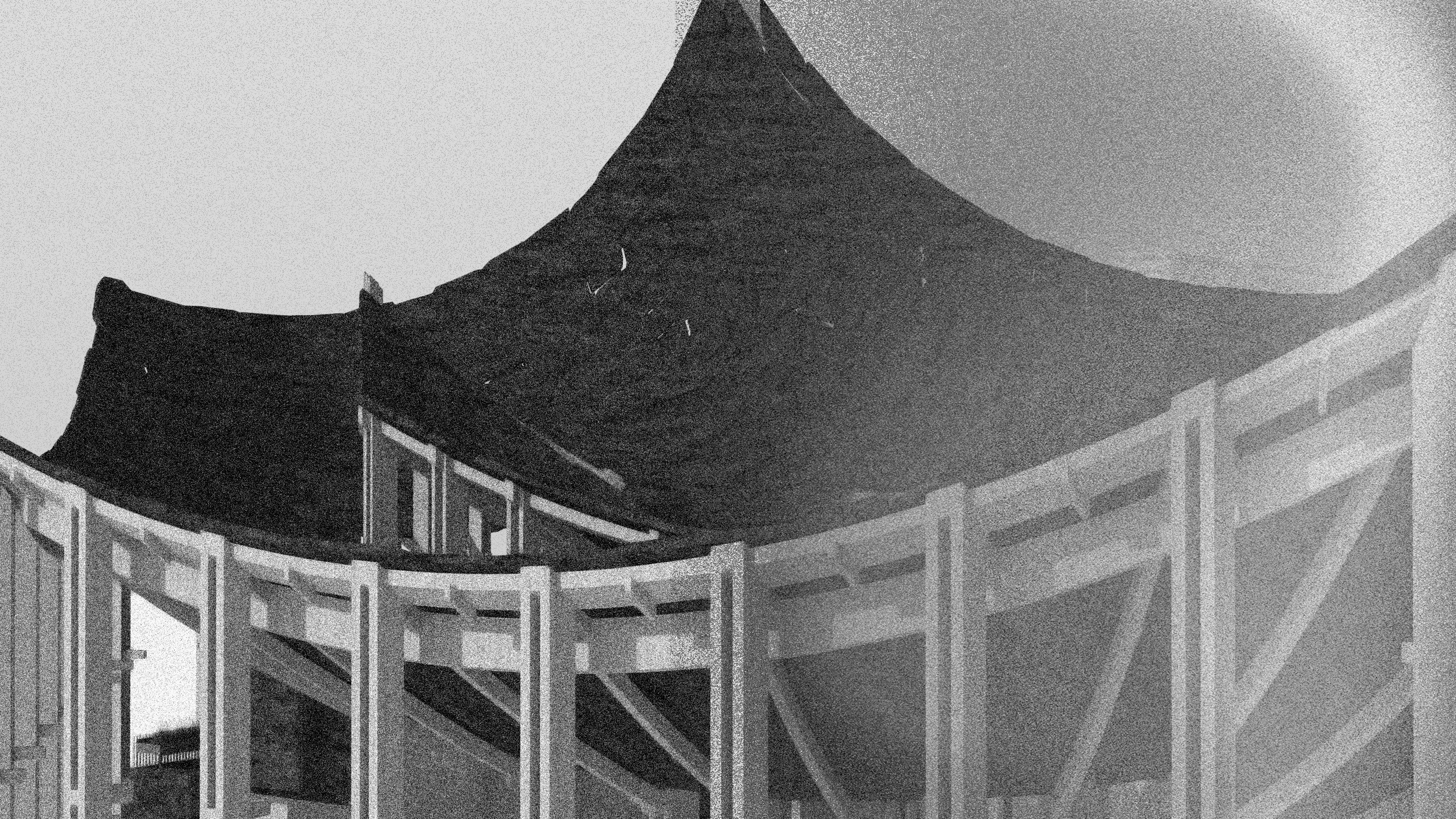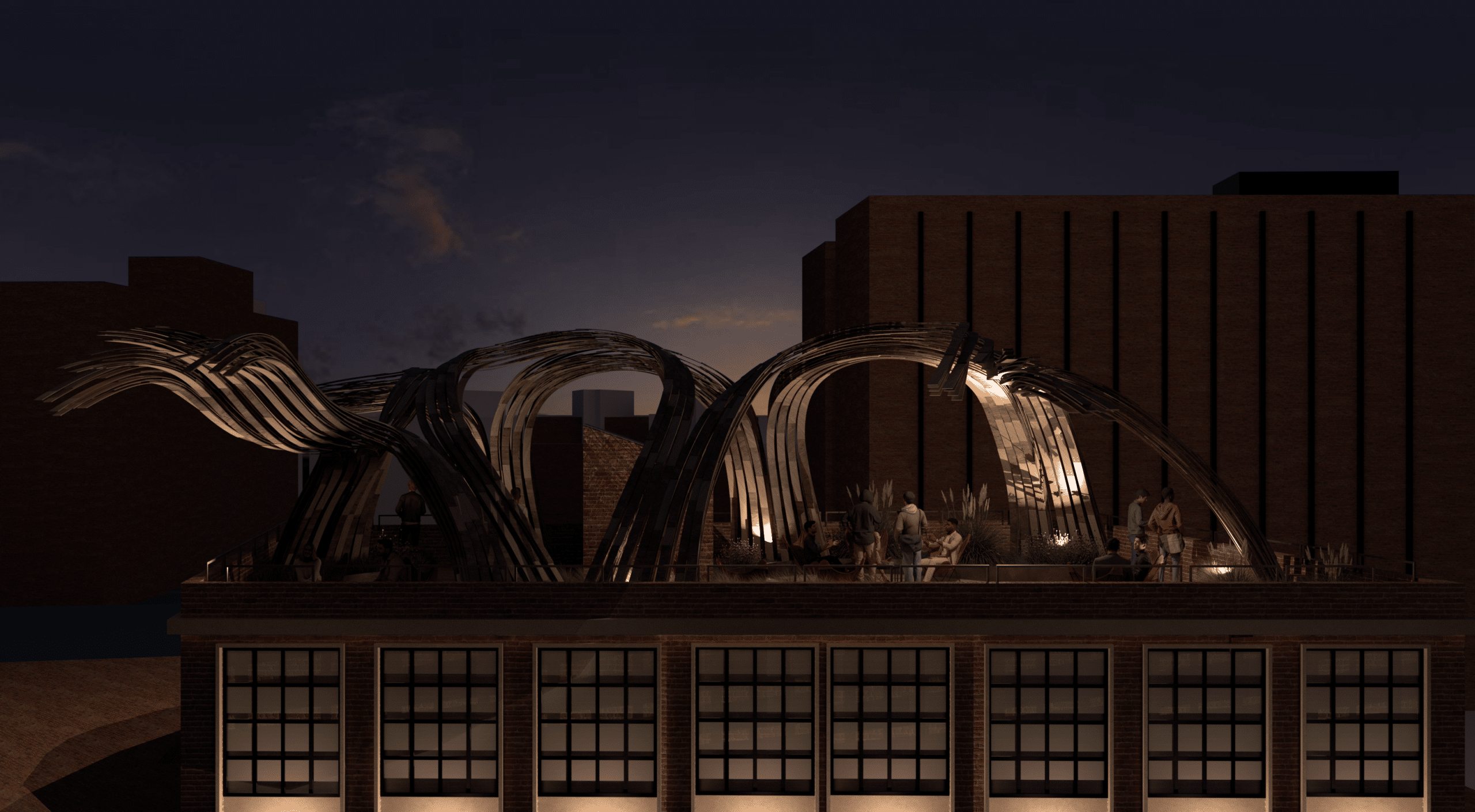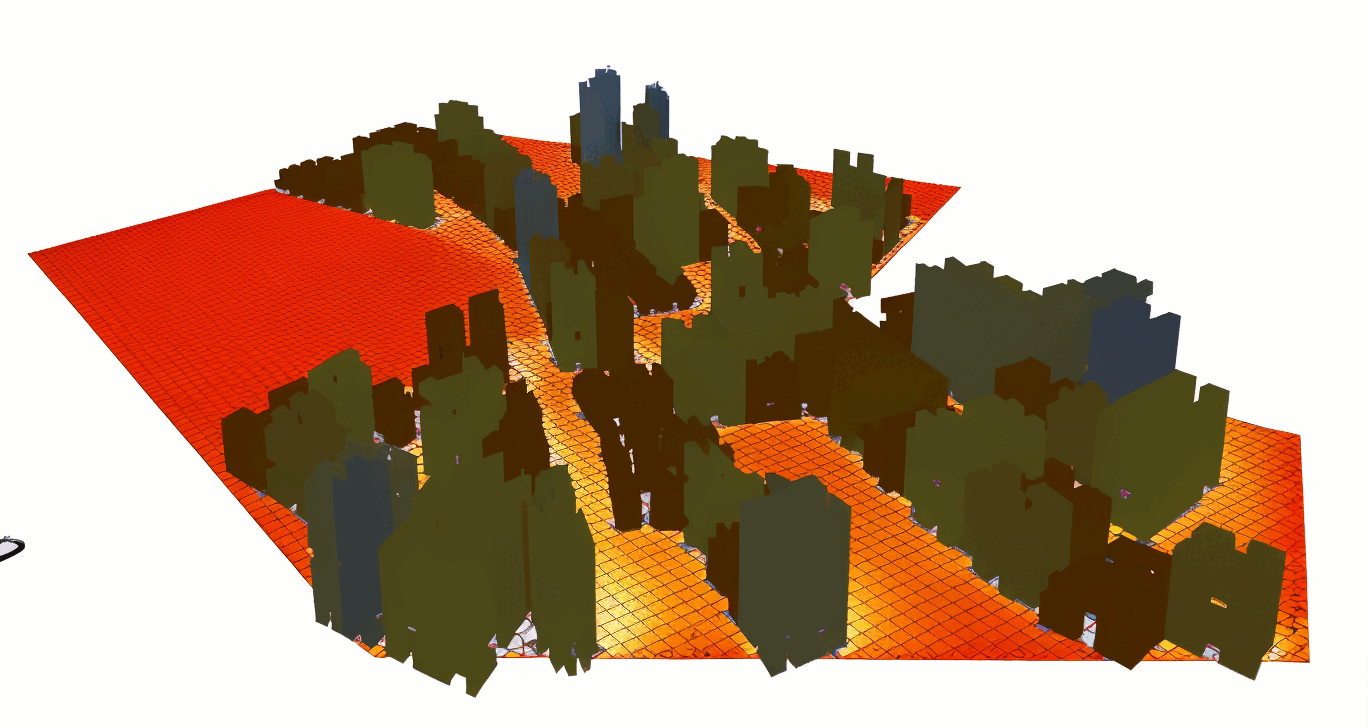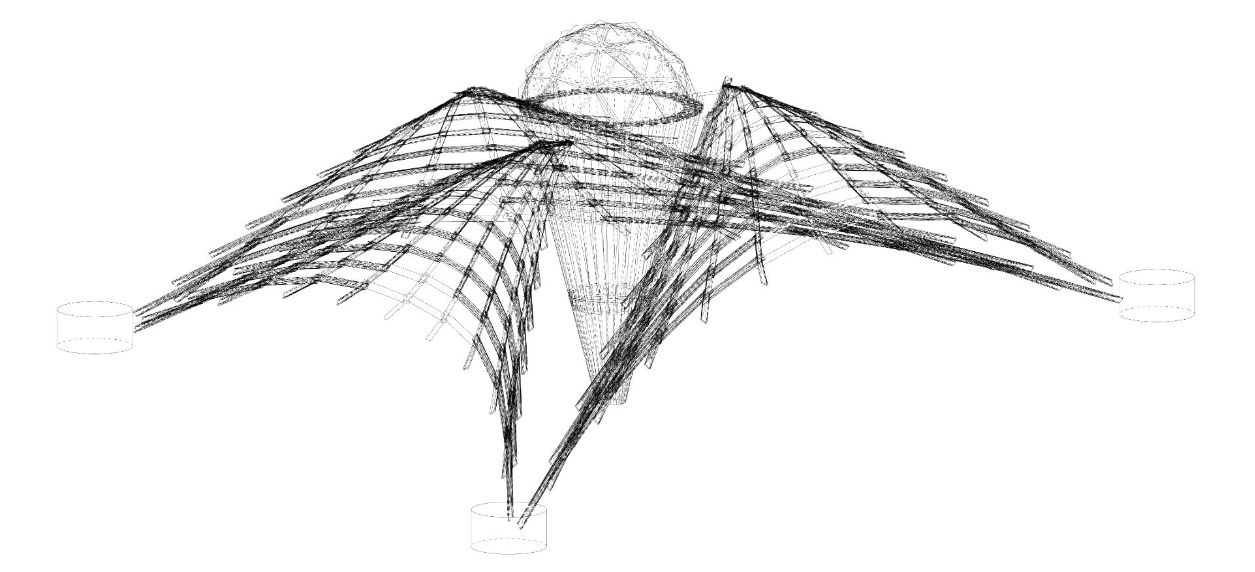In computer science, algorithms are habitually defined as fixed and often finite procedures of step-by-step instructions understood to produce something other than themselves. These logic structures interface with data, sourced from any computable phenomena, becoming the basis for a new array of design strategies. The Computational Design Seminar focuses on emergent design strategies based on algorithmic design logics. From the physical spaces of our built environment to the networked spaces of digital culture, algorithmic and computational strategies are reshaping not only design strategies, but the entire perception of Architecture and its boundaries.
Syllabus

Credits: Uri Lewis Torres, Introductory Studio G2, 2020/21
In computer science, algorithms are habitually defined as fixed and open finite procedures of step-by-step instructions understood to produce something other than themselves. Structures of logics interfacing with Data, sourced from any computable phenomena. In this course, we will focus on emergent design strategies based on algorithmic design logics. From the physical spaces of our built environment to the networked spaces of digital culture, algorithmic and computational strategies are reshaping not only design strategies but the entire perception of Architecture and its boundaries.
In this course seminar we will focus on understanding logics and computational design workflows that can lead to advanced algorithmic thinking. This course aims to solidify the ground of the basics of grasshopper while amplifying already existing concepts into more advanced notions that can be put into practice.
Main tools of the course will be McNeel’s Rhinoceros v7 and Grasshopper3d. As a complementary tool for Rhino we’ll focus on the associative design platform of Grasshopper3d, a graphical algorithm editor rightly integrated with Rhino’s 3D modelling tools. Moreover, during the course we will adopt various plugins implementing Grasshopper’s features and its capabilities, in order to achieve full control of complex design strategies.
TERM 1
In the realm of computational design and parametric architecture, Term 1 is structured with a strong emphasis on the following key objectives:
- Decoding Existing Projects and Workflow Analysis: The primary focus is on dissecting and reverse engineering existing architectural projects. This process allows students to gain profound insights into the intricate procedural workflows that underlie these designs.
- Harnessing Parametric Design Principles: Students will actively apply parametric design principles to create their unique design workflows and visual representations. This entails the utilisation of algorithms and parameters to craft innovative architectural solutions.
- Mastery of Advanced Parametric Design: The curriculum delves deep into the realm of advanced parametric design techniques. Students will develop a comprehensive understanding of digital tectonics and are encouraged to cultivate their distinctive styles and design methodologies within the domain of data-driven design.
- Exploration of Real-World Scenarios: Students will be actively engaged in exploring practical scenarios where they can effectively employ the principles of data-driven design and emerging computational techniques. This exploration empowers them to transform abstract conceptualizations into tangible, comprehensible architectural manifestations.
- Fostering Versatility: The ultimate objective is to nurture a profound comprehension of data-driven design that can be flexibly applied across a diverse array of architectural contexts, enabling students to achieve specific design goals effectively.
In summary, Term 1 in the context of computational design and parametric architecture revolves around reverse engineering existing projects, the application of advanced parametric design principles, practical exploration, and, ultimately, cultivating a versatile understanding of data-driven design to craft diverse architectural systems.
Learning Objectives
At course completion the student will:
- Understand fundamental concepts of computational design;
- Learn how to create strategies to build algorithms;
- Have knowledge of basic concepts of generative design;
- Be capable of generating parameterized processes;
- Apply data driven design logics;
- Learn how to create dynamic modelling;
- Obtain a deeper knowledge of algorithmic design concepts and parametrization of geometry
- Obtain a deeper knowledge of data management in grasshopper
- Learn in deep about the parameterization of complex geometries
- Learn about the most recent workflows for complex modelling
- Understand the notions and practical use of optimization algorithms
Faculty
Faculty Assistants
Projects from this course
Synthome
This object functions as a sculptural lamp, where the complex lattice of organic openings serves both an aesthetic and functional role. The irregular perforations allow light to escape in unpredictable and dynamic patterns, casting intricate shadows and gradients onto surrounding surfaces. As light passes through the varying densities and scales of the geometry, it diffuses … Read more
Dragon Tail Pavilion
The Dragon’s Tail Pavilion, located in Plaça del Rei, is a parametric architectural installation inspired by the fluid dynamics of the 80Hz Pavilion. This project reimagines the interplay between rotation, movement, and spatial modulation, creating a dynamic flow of geometrically rotating tiles along a curvilinear spine. Using computational design, the tiles are parametrically aligned and … Read more
Fluid Crest
Plaza de la Virreina This project proposes the design of a pavilion located in Plaza de la Virreina, Barcelona, utilizing innovative computational tools to enhance architectural expression and functionality. Drawing inspiration from the vibrant movement and circulation patterns of the site, the pavilion aims to create a dynamic interplay between architecture and its environment. The … Read more
Assembled Curves
This project focuses on exploration of Singly/Doubly Curved Geometries through combination of Topological Interlocking & Post-tensioning of Tetrahedral Local Geometries. The said Global Geometries are achieved through enclosed assemblages from the smallest number of discrete components; i.e. One(1) in the case of Doubly Curved Surfaces & Two(2) for Singly Curved Surfaces. Fitness Objectives 1. Constant Curvature … Read more
SpaceFlex Optimization
Floor Plan optimization LB Sun light Hour & karamba Catalog Comprised Catalogue (Best Iteration per Generation) Facade optimization LB incident Radiation Catalog Comprised Catalogue (Best Iteration per Generation) Renders Video
OPTIMIZED WELLNESS
harnessing genetic algorithms for better living In a neighborhood where high-rise buildings are becoming more prevalent, can we still prioritize and design for wellbeing? In an exploration of the interplay between architecture, the environment and human wellbeing, this project utilizes genetic algorithms to optimize the design of mixed-use residential towers, based on key environmental factors … Read more
OptiPlay
This term’s Computational Design Seminar focused on leveraging optimization tools to explore and refine architectural designs. Our project aimed to generate a diverse catalogue of design iterations, systematically optimizing each iteration to meet specific performance criteria. Utilizing plugins such as Wallacei for optimization and Karamba3D for structural analysis, we developed a Play Area located in … Read more
NERVI TESI
A stressful design for a pleasant rooftop FORM FINDING ITERATION 1 ITERATION 2 ITERATION 3 ITERATION 4 ITERATION 5 ITERATION 6
SKYDOME HEIGHTS
SITE ROOF TOP OF IAAC Pseudo code Reference Process Plan Option of Materials Elevation Fabrication Joint Detail

